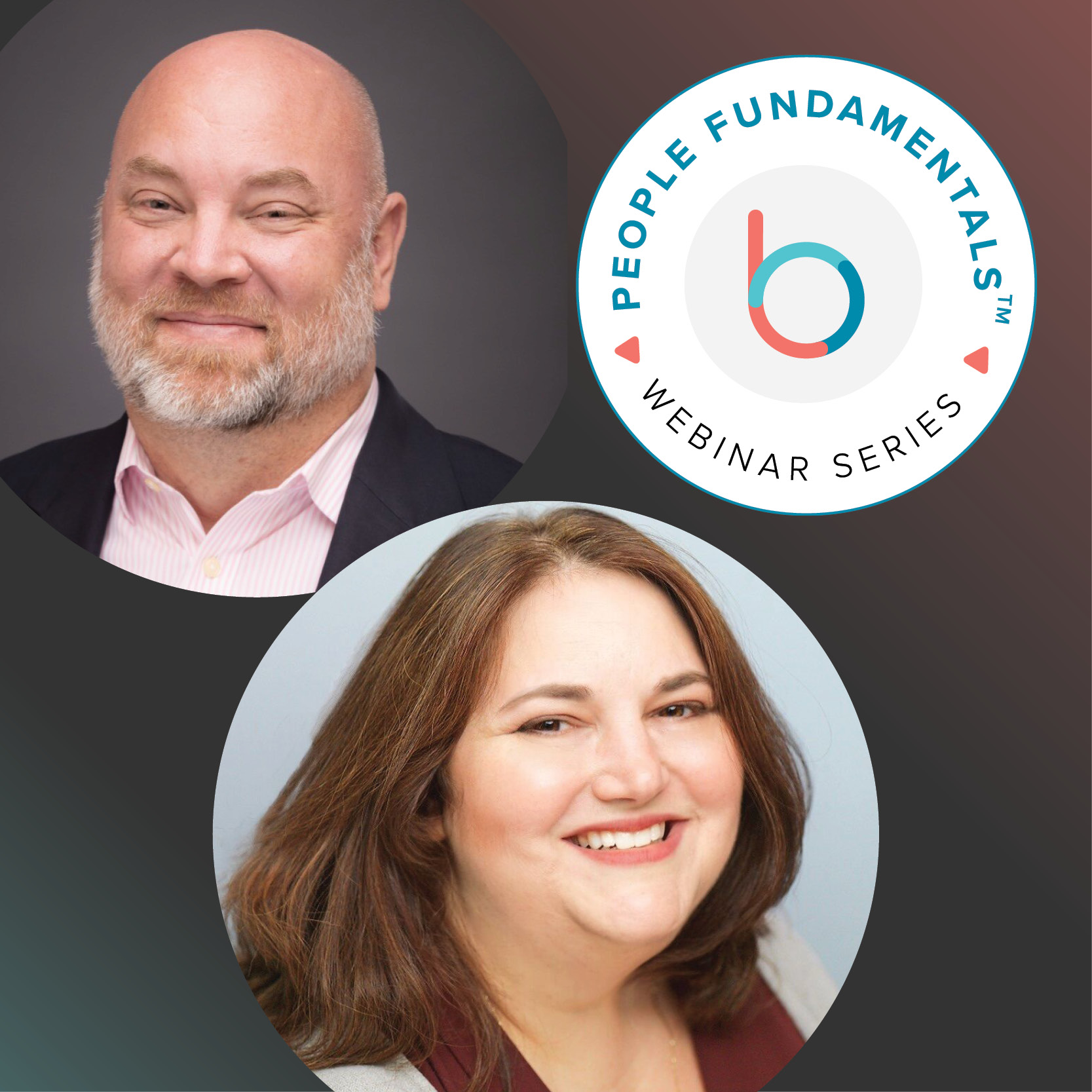Pursuing diversity, equity, inclusion, and belonging (DEIB) at your company provides significant strategic value, but for many employers, getting that process started can be challenging. Companies often don’t prioritize diversity or allot the required resources to really move the needle.
And even when the resources are there, an inability to set tangible goals often hinders progress. If this is the problem you’re running into, you aren’t alone: Only 21% of employers have defined strategies and processes in place for setting and calibrating diversity hiring goals, according to the SmartRecruiters 2021 State of Diversity Hiring Report.
But there are leaders setting strong examples in the DEIB space, and we invited two of those leaders to share their best practices with us. Rocki Howard, chief people and equity officer of The Mom Project, and Lenietta Hunter, people and culture partner of Conviva, joined a panel at EmpowerHR to share their insights on how you can move the needle on diversity, equity, inclusion, and belonging at your company – no matter what stage of the journey you’re on.
Set Specific Goals
Start with a foundational question that’s answered by defining what diversity means to your company. Answer why you’re embarking on the journey to improve DEIB at your company. “When we think about diversity,” Howard says, “most of us think about diversity in very narrow boxes, and that’s a good place to start to build a foundation on.” From there, though, you can get to a multidimensional understanding of what a culture that truly belongs to a diverse workforce looks like.
As you answer this question for your company, be careful not to model your DEIB initiatives on someone else’s. Every DEIB journey is as different as each individual workforce, and what’s right for one company may not be right for yours.
Once you’ve answered the foundational question and begun considering where you want to go, you need to set clear objectives and key results (OKRs) to drive progress toward your goals. But before you can set goals for growth, you need to know where you are. A great way to start is to research the talent available and the talent you currently have to set your baseline for hiring.
With a baseline in place, you can set specific goals and set clear paths to get there. “Be intentional about the goals you set,” Hunter says. If, for example, your overall goal is to increase women in leadership positions, that won’t be your first objective. You’ll need to start by sourcing more high-potential women.
Define Career Paths for All Employees
One of the greatest roadblocks to progress for building diverse workforces is retaining diverse talent. The focus is often on getting diverse employees in the door, but then we fail to show them how they’ll take the next steps to grow in the company.
This is especially a problem in the early stages of your journey. There may not be women of color in leadership positions, for example, who have modeled a path forward. One of the drivers of Conviva’s DEIB journey was that many women were qualified for leadership roles, but the organization didn’t have a program in place to help them take the next steps, Hunter says.
Be intentional about developing meaningful career paths for every person at your company. At Conviva, for example, every employee receives a career development plan on their 91st day of employment (following their onboarding program), Hunter says. This plan arrives after their manager has had the chance to observe the employee’s strengths and learn more about where they want to go.
Tap Into Your Resources
External consultants can bring tremendous value in mapping out a road map for driving your DEIB initiatives forward. But if you haven’t done the internal research to quantify your resources, the plan they set for you may not be appropriate for your specific circumstances.
Before bringing a consultant in, audit and spell out a clear list of your resources and capabilities. If you aren’t able to do this yourself, specifically ask the consultant to help you generate that list before developing the road map.
“You need to be very clear about what that external person that you’re engaging actually is going to deliver on behalf of your organization,” Howard says. “There [are] lots of places where you can use those experts, but you need to be very clear about the ROI that you’re getting back for that investment.”
With a clear vision, broken down into manageable objectives, your company can progress on its DEIB journey. It takes a strong commitment and intentionality, but you take your company where you want it to go.
Register here to watch Rocki Howard and Lenietta Hunter’s session on demand.



